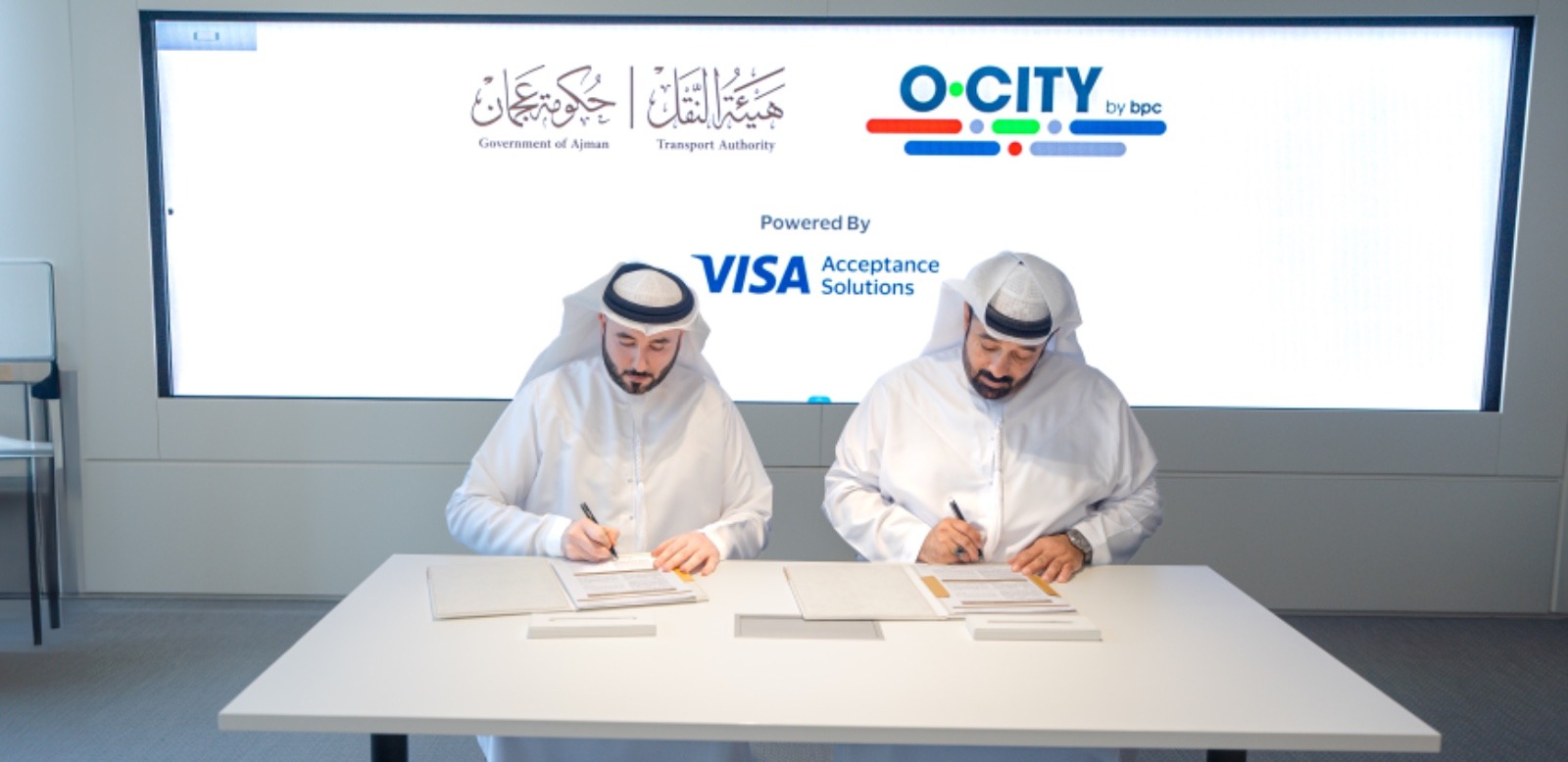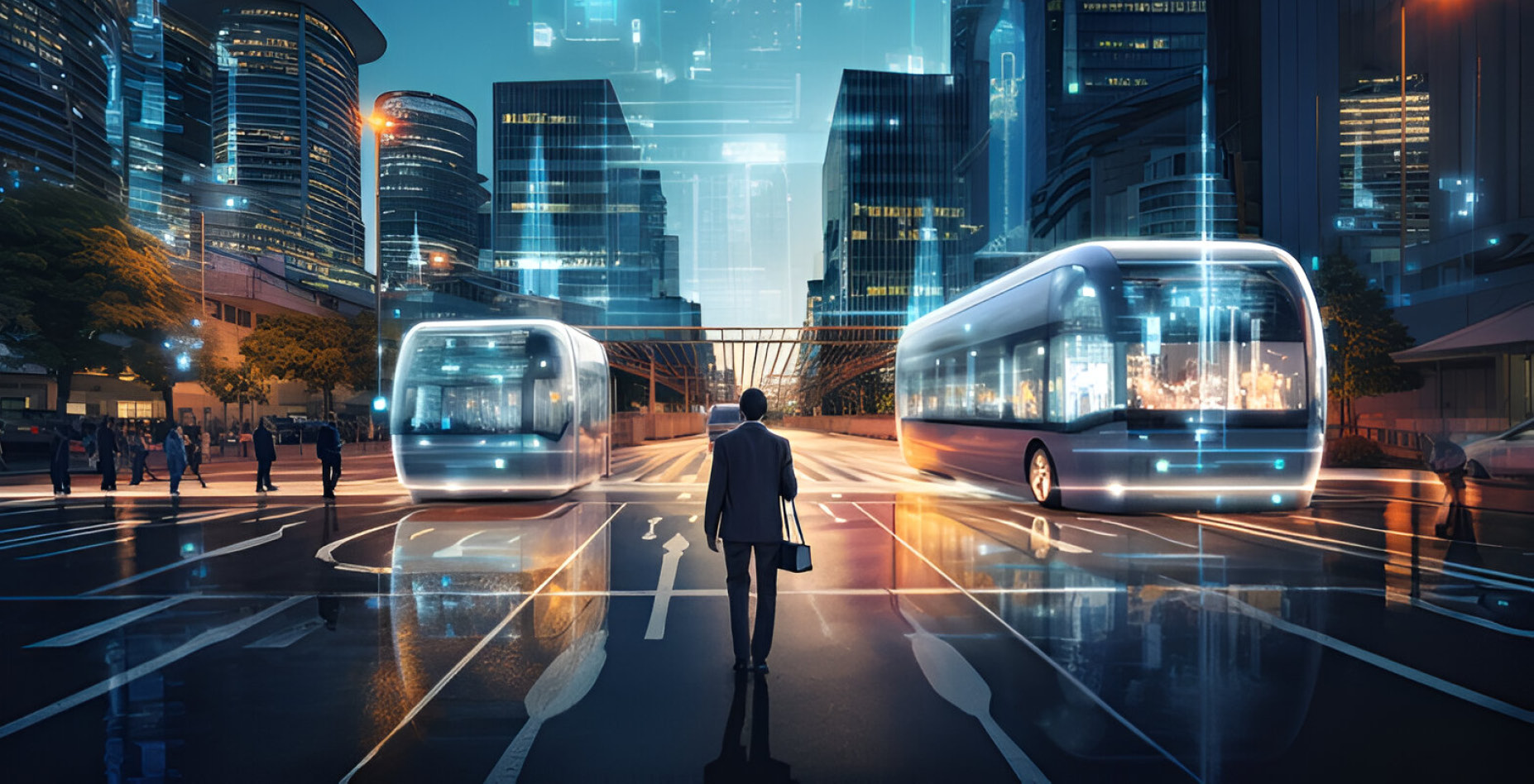Top Smart City and Transit Trends for 2023
A digital shift is happening in the mobility sector across cities and their transport systems driven by commuters’ and travellers’ demand and fueled by the need to comply with ESG initiatives, no longer a buzzword but a reality check. This movement involves a number
of stakeholders from municipalities, ministries of transport, public and private transport operators, financial institutions, and international schemes, together with infrastructure and software technology enablers. The industry is adopting a highly collaborative mindset to work towards the same objectives, levelling the playing field in smart city and mobility, excelling in traveller experience, and offering better integrating services. All of these factors improve operational efficiency and make cities and transport more attractive in a world that is becoming more and more connected and environment-conscious.
With more than half of the world’s population living in cities, we all know the common challenges and struggles of handling highly complex transport modes. City networks and intercity infrastructure include parking, metro, rail, cinemas, museums, and traffic in general. Paper tickets, queues at ticketing machines or kiosks, topping up cards, the complexity of fare zones, the lack of transparency in payments and subsidies, delays, and more. And the rapidly growing urban population, coupled with the increase in car usage, is adding to the complexity of the current scheme.
As we wrap up the year, O-CITY shares its views on the industry and what could be the game-changing trends in 2023 based on experience and knowledge of the market. Our 2022 predictions were on point and are still valid as the industry changes at lightning speed; however, our 2023 additions shed light on some of the things that smart cities, transit, and public transport players across all corners of the globe should focus on.
What’s coming in 2023?
Micro-mobility & subscription models take over cities and populated places
The first wave of the pandemic left its mark on humanity, pushing it to digitalise payments and public transportation and embrace the contactless age. The subsequent waves, coupled with increased urbanisation, heated up the demand for micro-mobility or shared mobility across the cities. Commuters started to look at sharing bikes, scooters, and vehicles to avoid crowded areas.
With the development of MAAS and on-demand mobility concepts, cities and governments adapt to the new demand of consumers, who need convenient and accessible routes, planning apps, and access to various payment methods with pay-as-you-go models to use the services.

Javier Rios, Client Director AFC, O-CITY, says, “On-demand mobility is bringing and will bring important challenges from different angles: technological, operational, etc. However, the benefits that will also be seen in relation to the reduction of individual transport, traffic jams, sustainability, and comfortability, are well worth the effort from the different players involved in transportation.”
Through 2022 the concept was getting more and more attention, spiking at the year’s end and showing an upward trend following into 2023. We believe that the concepts of shared mobility and micro-mobility should be closely watched in 2023.
Unified Ticketing experience (MAAS)
MAAS, an integration of multiple transport modes into one singular accessible ecosystem, is getting popular among various countries. More and more governments are introducing ambitious plans to unify scattered transport operators under one roof through unified ticketing.
The introduction of smart mobility that allows people to use any kind of transport through unified payment means is an attractive prospect. From unifying jeepneys and buses in the megalopolises to connecting the whole railway networks throughout a country, it improves accessibility for citizens and tourists.
With the popularity of mobile devices like NFC gadgets and wearables on the rise, technology touches public transportation and all its stakeholders. Parking spaces become automated, reducing the congestion on the road (it was estimated that the US lost approximately 89 bln US due to congestion on the road) and also cruising time for drivers. Toll roads, museums, cinemas, and leisure and entertainment areas are created and automated. As reported by Emergenresearch, the MAAS market revenue is predicted to hit 39 bln USD by 2030.
 Vulindlela Moyo, Business Development Manager, Middle East & Africa, O-CITY, says, “The demand for MAAS services will continue to increase rapidly going into 2023 as commuters continue to demand seamless travel and convenience, with personalised journeys at the heart of this experience. In the Middle East and Africa region, we are seeing a huge interest in MAAS platforms as transit authorities aim to improve levels of service offering and simultaneously increase revenue collection.”
Vulindlela Moyo, Business Development Manager, Middle East & Africa, O-CITY, says, “The demand for MAAS services will continue to increase rapidly going into 2023 as commuters continue to demand seamless travel and convenience, with personalised journeys at the heart of this experience. In the Middle East and Africa region, we are seeing a huge interest in MAAS platforms as transit authorities aim to improve levels of service offering and simultaneously increase revenue collection.”
Strength in unity indeed brings a lot of benefits, and that's also true for public transport. According to Google Trends, e-ticketing had the greatest average of requests throughout the year, and we believe that the trend will continue to persist in 2023. Connecting all smart city services into one network brings with it many benefits. Things like attracting tourists, service availability to various segments of population, and a reduction in congestion and traffic (helping to maintain a green agenda). It also helps less developed regions with low infrastructure when every household has equal access to transportation and services.
The Smart Citizen experience
With the modernisation of government comes the modernisation of data management and control mechanisms. The introduction of an account-based approach and the appearance of Digital Identities are an inevitable part of smart city transformation. An account-based approach allows commuters to have their own digital account with all their information stored on a cloud server, such as vehicle number plates, rail and bus tickets, and personal information. With it, the passenger or driver can contactlessly interact, enjoy, and pay for various city services in one ecosystem.
 Javier Rios, Client Director, AFC, O-CITY, says, ”A modern automatic fare collection system is one that does not limit or impose the fare media to be used by the passenger, but that allows the passenger to choose the fare media to use. In that direction we see more and more that the passenger wants to use the same apps he/she uses on a daily basis: their banking wallets, digital banking cards, Google, or Apple wallet.”
Javier Rios, Client Director, AFC, O-CITY, says, ”A modern automatic fare collection system is one that does not limit or impose the fare media to be used by the passenger, but that allows the passenger to choose the fare media to use. In that direction we see more and more that the passenger wants to use the same apps he/she uses on a daily basis: their banking wallets, digital banking cards, Google, or Apple wallet.”
Visa has estimated that global contactless penetration is at one third of all transactions, with the global contactless market rising towards 18bln USD by 2025. As researched by the corporation, more than 50% of the population in the UAE, Saudi Arabia, and Qatar are already using contactless pay-as-you-go with an existing debit or credit card or mobile device - and virtually all say they now expect contactless to be offered as a payment option.
Here at O-CITY we believe that the embracing of digitalisation in cities and governments will develop further, forming a digital ‘smart citizen’ concept through integration of account-based approaches, allowing commuters to pay with various devices and enjoy seamless smart city services.
Biometrics: Move at the look of your face, the wave of your palm, or the touch of a finger
Hopping on a train or a metro with just a look at your face is already a reality in some cities in Spain or in China, however, this phenomenon is being experienced in other cities such as in Colombia. Applying this cutting-edge technology can prevent potential fraud and decrease financial loss due to misuse of access tools. As estimated by Juniper research group, 671 million people were already making payments with facial biometrics in 2020, and that number is expected to grow to 1.4 billion by 2025. The high quality of cameras, use of AI for facial recognition, and next gen software are becoming attractive to cities and transport that want to ease and accelerate processes at entry points while reducing the misuse of travel contracts.
New data for hyper-personalisation
Travellers used to be represented by a number in the eyes of cities and transport agencies. With the adoption of account-based ticketing and business intelligence, data helps increase the level of experience while creating value for the end user.
According to Gartner, there is a 38% risk of losing customers’ loyalty due to poor personalisation of services. While Epsilon research suggests that 80% of customers are more likely to continue using a company or purchase from it if it offers personalised experiences. And Deloitte suggests that 22% of customers are happy to share some data in return for a more personalised service or product. The same can be applied to the public transportation sphere!
It is no longer about representing a mere means for marketing campaigns but to deliver hyper-personalised services, For example, if a passenger is of a certain age and belongs to a category such as a student or a senior citizen, their fare price could be auto-calculated on the spot. Travellers will now get the chance to experience and plan for their journey like never before.
Beyond transit and transport
Transit, mobility, transport… the industry is no longer restricted to these activities. We are looking at the big picture, and the many exciting initiatives across the globe include an integrated approach for a connected city, how one app can drive and connect residents and visitors with the widest set of services, from public or private transport, museums, taxis, parks, cinemas, toll gates, parking and more. Think of the bigger picture, joining the race to rank at the top of the most popular or pleasant cities to live in across the globe.
Explore O-CITY






